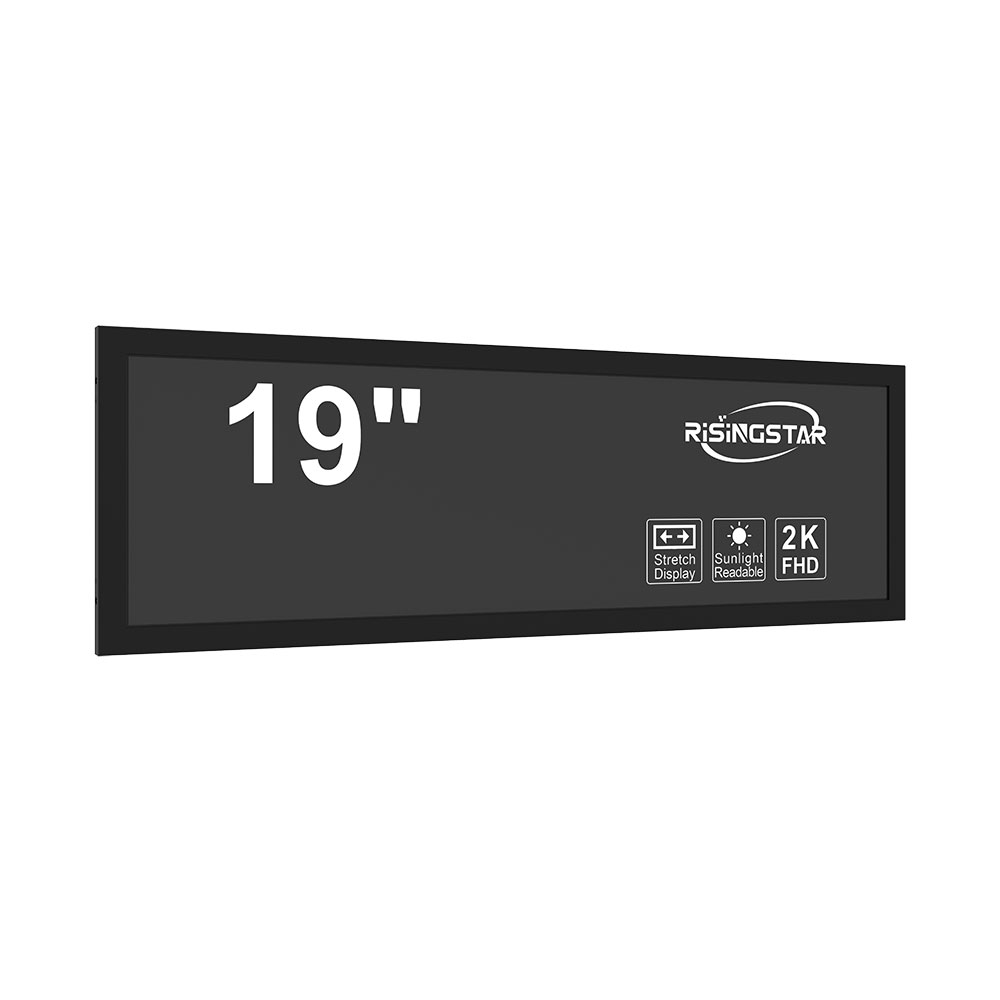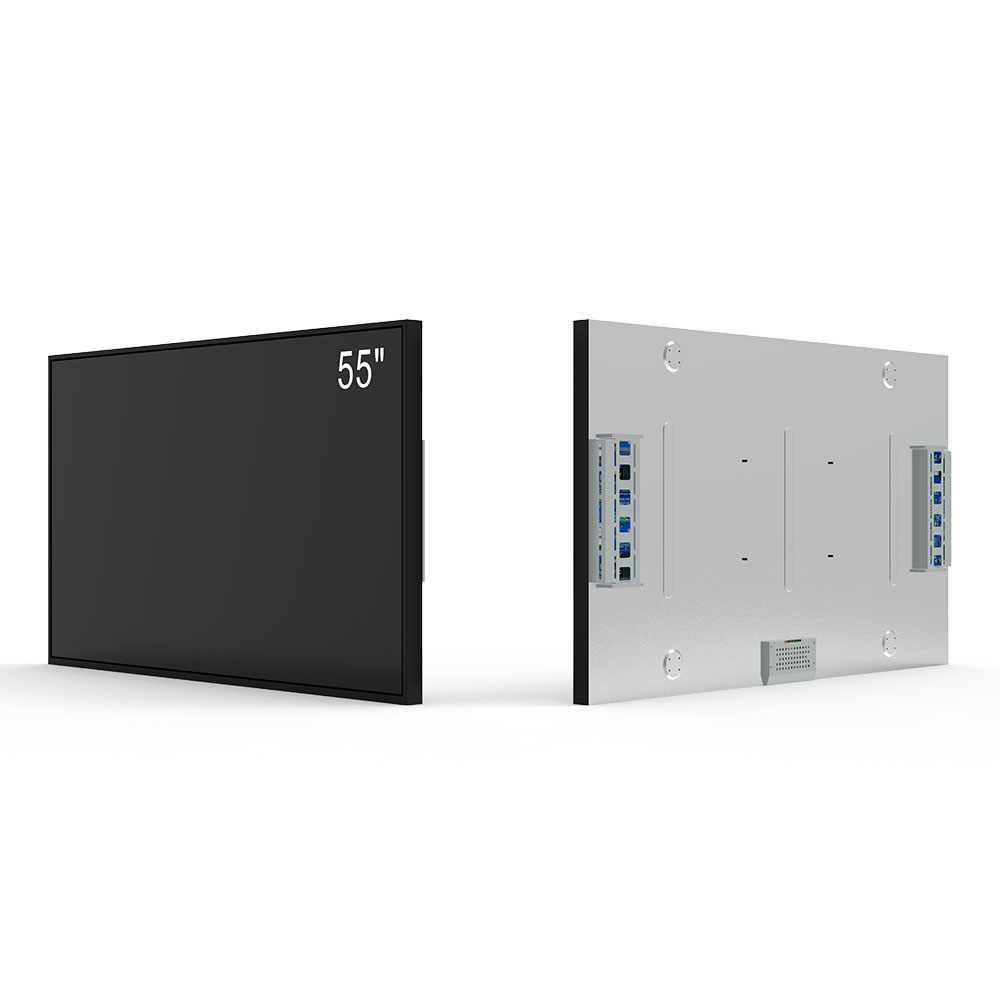- Home
- About Us
- Products
- News
- Video
- Contact
- Send Inquiry
Search
- Home
- About Us
- Products
- News
- Video
- Contact
- Send Inquiry

When it comes to digital signage in challenging environments—such as construction sites, retail plazas, transportation hubs, or public parks—standard indoor displays simply won’t cut it. That’s where outdoor LCD screens come into play: engineered for visibility under direct sunlight, extreme temperatures, and harsh weather conditions. As global demand for durable, high-brightness digital signage surges, understanding the core technologies behind outdoor LCDs is critical for integrators, facility managers, and procurement teams alike.
Why Outdoor LCDs Are Not Just "Larger Indoor Screens"
A common misconception is that outdoor LCDs are merely scaled-up versions of indoor monitors. In reality, they are precision-engineered systems with specialized components. The key differentiators lie in brightness (measured in nits), environmental sealing (IP65/IP67 rating), thermal management, and display durability. According to a 2023 report by MarketsandMarkets, the global outdoor digital signage market is projected to exceed $40 billion by 2028—a compound annual growth rate (CAGR) of over 9%, driven largely by advancements in outdoor LCD technology.

Brightness: The Foundation of Visibility

The most noticeable difference between indoor and outdoor LCDs is luminance. While an average indoor screen emits around 300–500 nits, outdoor models typically start at 1,500 nits and can reach up to 10,000 nits. This range ensures readability even in full daylight, especially during peak sun hours. For example, Samsung’s QLED Outdoor Display series delivers up to 7,000 nits, making them ideal for airport kiosks or city center advertising panels.
However, higher brightness alone isn't enough—it must be combined with adaptive brightness control. Many modern outdoor LCDs use ambient light sensors that automatically adjust brightness based on real-time sunlight intensity. This not only preserves image quality but also reduces power consumption and extends panel lifespan.
Environmental Protection: IP Ratings and Sealing
Outdoor environments expose displays to rain, dust, humidity, and temperature swings. To combat this, reputable manufacturers follow international standards such as IEC 60529, which defines ingress protection (IP) ratings. An IP65 rating means the unit is protected against dust and low-pressure water jets; IP67 adds protection against temporary immersion in water up to 1 meter deep.
In practice, this matters immensely. A case study from a London transport authority revealed that after switching to IP67-rated outdoor LCDs in bus stops, system downtime dropped by 72% compared to previous models rated only IP54. These units survived heavy monsoon rains and freezing winter conditions without failure—proof that proper sealing is non-negotiable.
Thermal Management: Cooling Without Compromise
Heat buildup is one of the leading causes of LCD degradation. Unlike indoor displays, outdoor units face solar radiation and ambient heat. High-end outdoor LCDs integrate passive and active cooling mechanisms: heat sinks, convection-based airflow channels, and sometimes even liquid-cooled systems for industrial-grade applications.
For instance, LG’s Outdoor LED-LCD hybrid solution uses a dual-stage cooling system—passive heat dissipation via aluminum chassis combined with fan-assisted airflow when internal temps exceed 45°C. This design prevents overheating while maintaining energy efficiency, crucial for locations with limited access to reliable power sources.
Display Technologies: IPS vs. TN vs. OLED for Outdoor Use
While OLED offers superior contrast ratios, its sensitivity to UV exposure makes it less suitable for long-term outdoor deployment. Most manufacturers favor IPS (In-Plane Switching) panels due to their wide viewing angles, color accuracy, and better resistance to temperature extremes.
Recent innovations include enhanced anti-glare coatings and nanostructured glass that reduce reflection by up to 80%. This allows users to see content clearly even when standing directly beneath the sun. Companies like Sony and NEC now offer “sunlight-readable” displays certified under ISO 13406-2, ensuring consistent performance across diverse lighting conditions.
Power Efficiency and Sustainability
Energy consumption remains a top concern for cities and businesses deploying multiple outdoor displays. Newer models leverage LED backlighting with dynamic dimming algorithms that lower power usage during off-peak hours. Some units support PoE (Power over Ethernet), reducing wiring complexity and installation costs.
A pilot project in Dubai installed 100 outdoor LCDs using Energy Star-certified modules. Over six months, these units consumed 35% less electricity than legacy models—translating into significant savings for municipal budgets. Additionally, many brands now incorporate recyclable materials and meet RoHS compliance, aligning with ESG goals.
Real-World Applications: From Retail to Smart Cities
Retailers benefit from dynamic product promotions visible in parking lots or near storefronts. In South Korea, Hyundai Motors deployed outdoor LCDs at dealerships showing real-time vehicle configurations and pricing—resulting in a 22% increase in foot traffic and sales conversions.
Smart cities are adopting outdoor LCDs for public information boards. Barcelona’s “Digital City” initiative integrated over 200 outdoor displays offering live transit updates, weather alerts, and emergency notifications. These screens operate 24/7, requiring robust software platforms for remote diagnostics and firmware updates.
Even in agriculture, outdoor LCDs monitor irrigation schedules and crop health data via IoT-connected sensors—an emerging trend known as precision farming.
Maintenance Considerations: Long-Term Reliability
While initial cost is important, total cost of ownership (TCO) matters more over time. Key maintenance factors include:
- Self-diagnostic capabilities: Modern outdoor LCDs often feature built-in health monitoring tools that alert operators to potential issues before failures occur.
- Modular design: Replacing parts like backlight modules or control boards reduces downtime and repair expenses.
- Remote management: Solutions like Crestron or Cisco’s Digital Signage Manager allow centralized control of hundreds of units globally—ideal for enterprise deployments.
A 2022 study by the University of California, Berkeley, found that organizations investing in modular, remotely manageable outdoor displays saw a 40% reduction in maintenance labor costs within two years.
Future Trends: AI Integration and Flexible Displays
The next frontier includes AI-driven content optimization—where displays analyze crowd density and adjust message frequency accordingly. For example, during rush hour, a display might show faster-moving ads tailored to commuters.
Flexible OLEDs are also entering the market, though still primarily in prototype stages. These could enable curved façade installations or integration into vehicles, opening new possibilities for mobile advertising.
Ultimately, choosing the right outdoor LCD involves evaluating brightness, environmental resilience, thermal efficiency, and application-specific needs—not just price. With careful planning, these displays become powerful tools for communication, safety, and revenue generation in any outdoor setting.